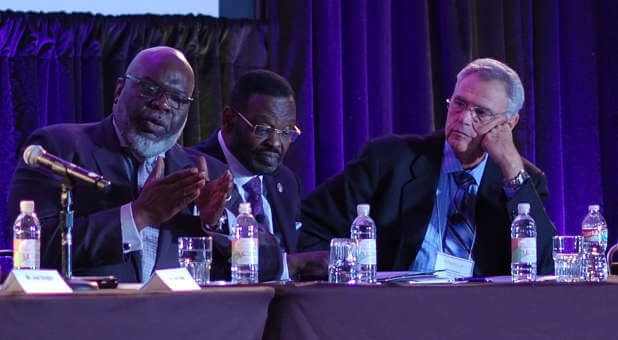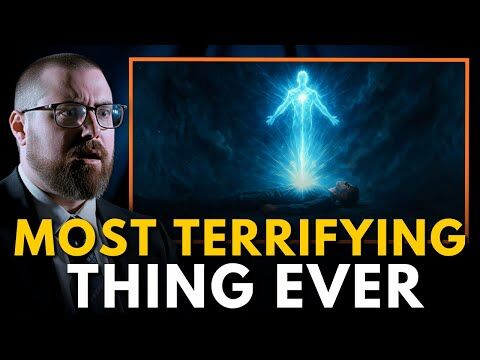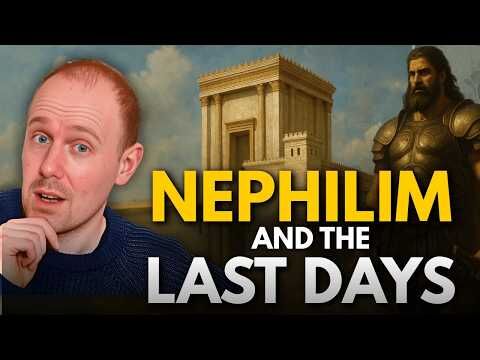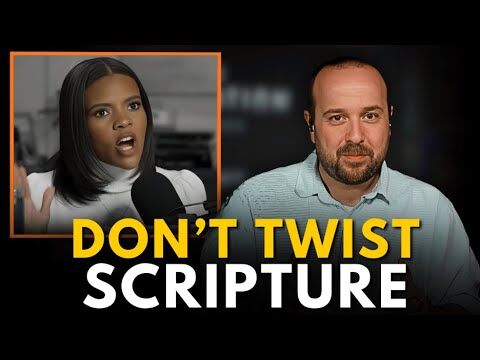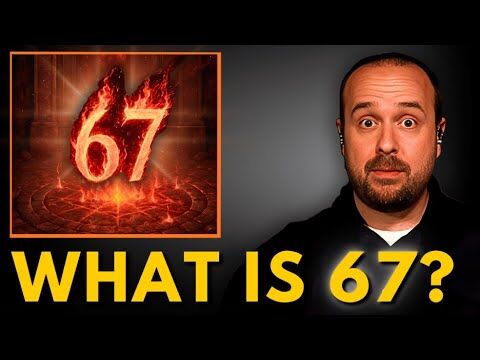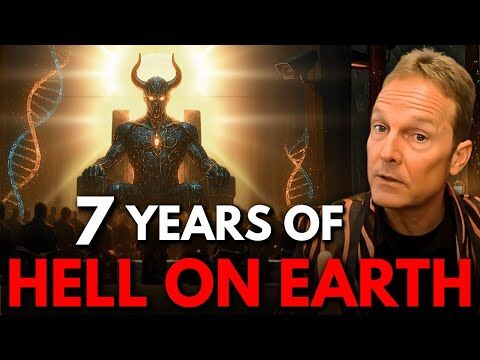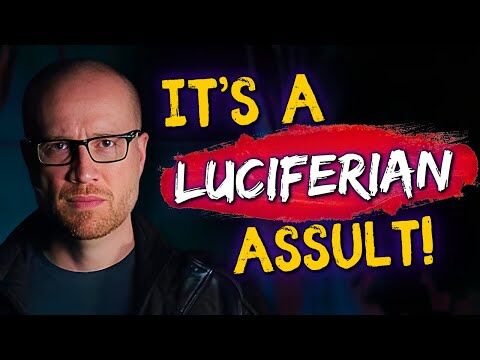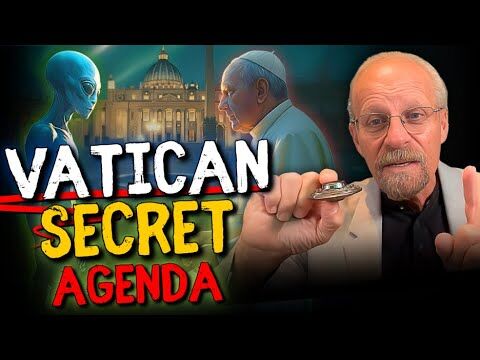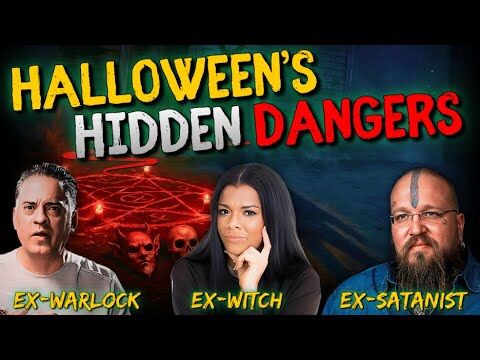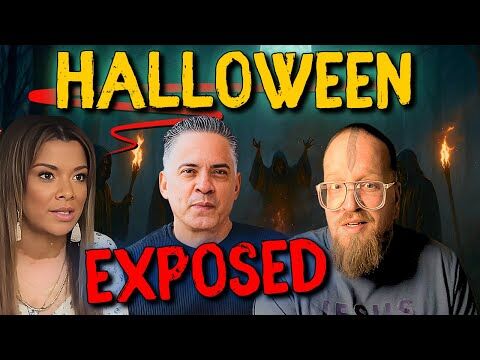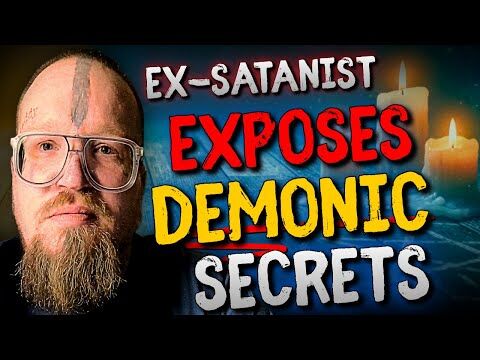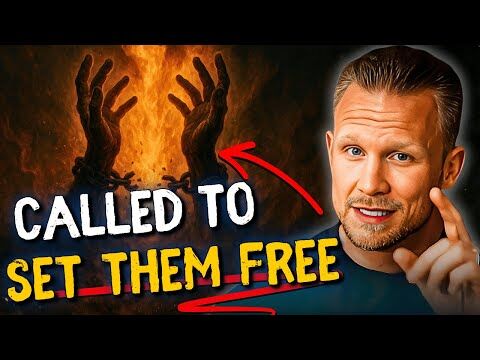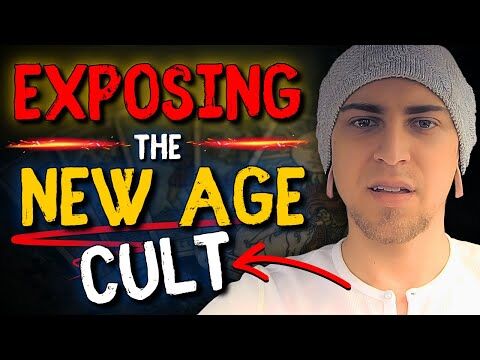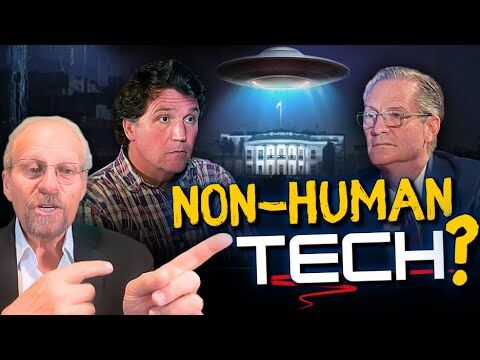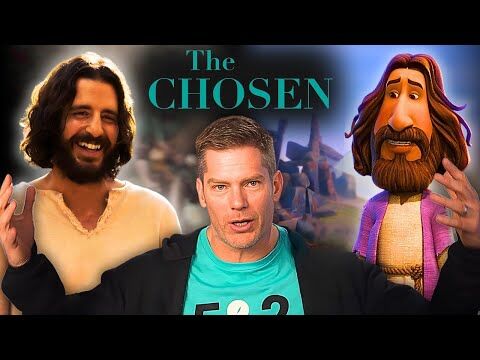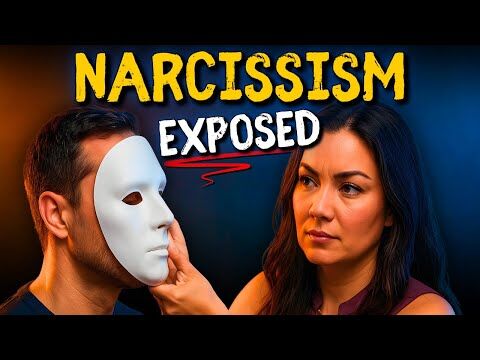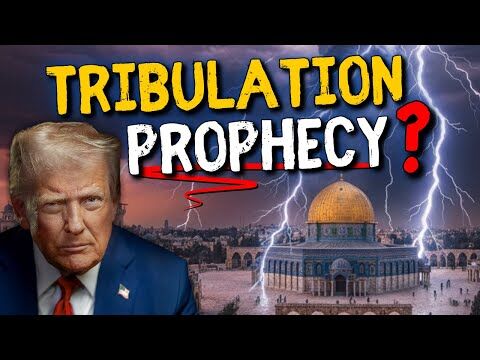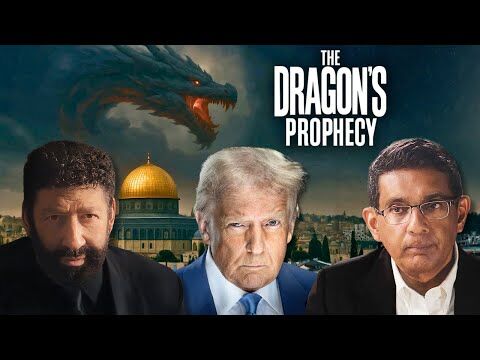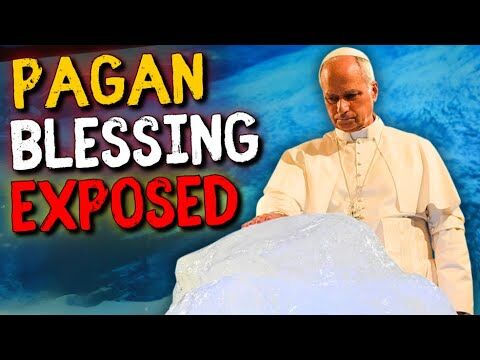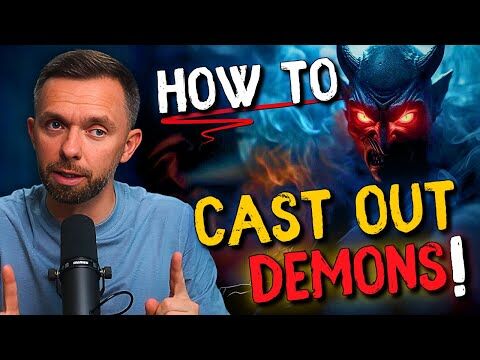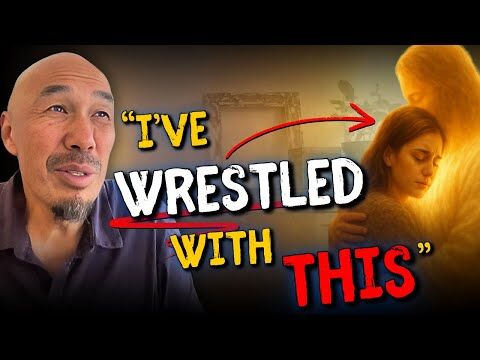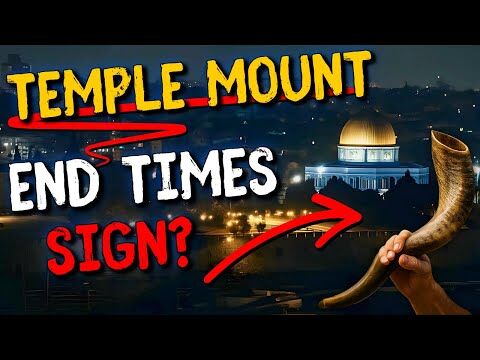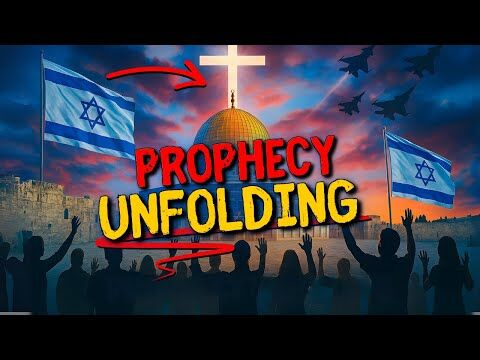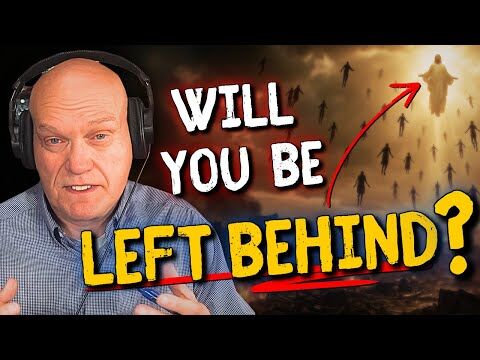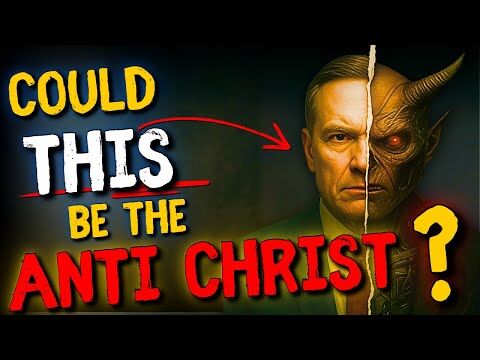Note: This article originally appeared in the March 2015 issue of Charisma magazine.
When I moved from the Midwest to the segregated South as a child, I remember feeling horrified at the injustices I saw. Later, when the schools integrated, I did what I could to get to know the black students and include them in school activities. I even wrote editorials on racial harmony for the high school newspaper.
As we celebrate the 40th anniversary of Charisma this year it’s appropriate to review the part Charisma has had in being a bridge between groups in the body of Christ.
The Pentecostal movement we know today came out of the African-American worship experience by way of the Azusa Street revival of 1906-09.The leader was William J. Seymour, a black man. When word got out about the revival people came from everywhere to see what was happening. In that setting blacks and whites worshipped together despite Jim Crow laws. As Frank Bartleman, a journalist and Pentecostal pastor, famously wrote: “The ‘color line’ was washed away in the blood.”
The intensity and fervor of the Azusa Street meetings, the loud praying, raised hands and shouting became part of the Pentecostal experience. As people went home as fiery evangelists for the baptism in the Holy Spirit, they took with them this new way of worship, largely unaware of its roots in the African-American community. Sadly, the interracial nature of Azusa Street did not continue long, especially as the Pentecostal experience took root in the South.
Growing up I was only vaguely aware of the history, but I began to wonder why black and white Pentecostals were so separated. Then the charismatic movement that began in the 1950s saw people coming from “dead” formal churches receive the Spirit and a new liberty of worship and prayer. The movement spread from denomination to denomination. But it largely missed the black community. It’s like one of my black preacher friends told me: “We already had the Holy Ghost and we didn’t need someone to give us permission to praise and shout.”
Yet when Charisma began chronicling the move of the Spirit in our day I realized as a young journalist that there was an untold story of God at work in the black community. I realized they were a part of the body of Christ and that there was much in common between the two communities. Even so, you couldn’t tell that by reading most Christian periodicals.
In our early years we began writing about blacks and putting their stories in Charisma. The first black on the cover was Rosie Grier, the former football player turned preacher in 1983. Then we covered Fred Price and how his teaching on faith had helped build an incredible church in Los Angeles. In the early 1990s, we wrote about the “new black charismatic movement” and how independent black churches were springing up everywhere around the country.
“What Charisma did was give the black church a voice,” Valerie Lowe, of LeSea Broadcasting and a former Charisma editor, told me recently. “Charisma said, ‘You’re a part of the body of Christ. Maybe we don’t look alike, but you are my brother.'”
Valerie’s right, we’ve always tried to cover the stories of ministries and people who were making a difference, regardless of color. Because a huge percentage of the Pentecostal/charismatic community is black, many of our stories are about blacks.
As editor I tried to set the tone: Many times we were color blind—the person’s ethnicity had nothing to do with the story. Other times we celebrated the difference—such as when we have written about black gospel music. We’ve always seen bridge-building as one of the mandates we have from the Lord.
Other times in Charisma we’ve covered stories to show that we share the pain, such as when we’ve written articles about lynching in the South and what was being done to heal those wounds.
In mid-January, Bishop T.D. Jakes, television host James Robison and Bishop Harry Jackson convened 100 black and white leaders at the Reconciled Church Summit in Dallas, Texas. I had the privilege to attend. There was a spirit of agreement that the problems of distrust between the races wouldn’t be solved alone by the government. The problems at their roots are spiritual ones.
When A. Larry Ross wrote about the summit on charismanews.com, I thought he summed it up well: “Despite our different life experiences, the church has a common mission and language. Like Jesus, we can see beyond physical characteristics and crises to focus with compassion on the hearts of individuals in need, and develop practical solutions to make a difference in their lives.”
Steve Strang is the founder of Charisma and CEO of Charisma Media. Follow him on Twitter or Facebook stephenestrang.

